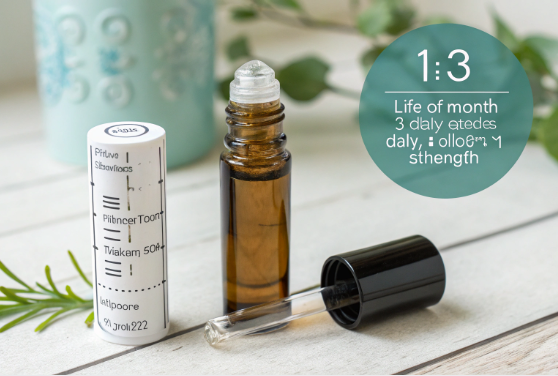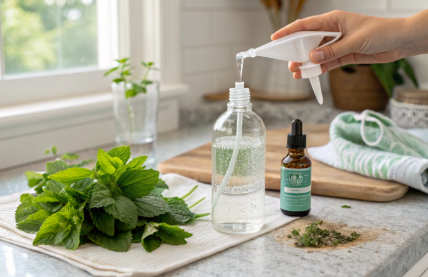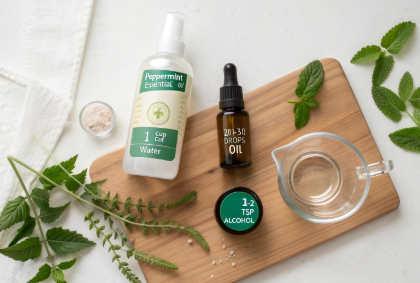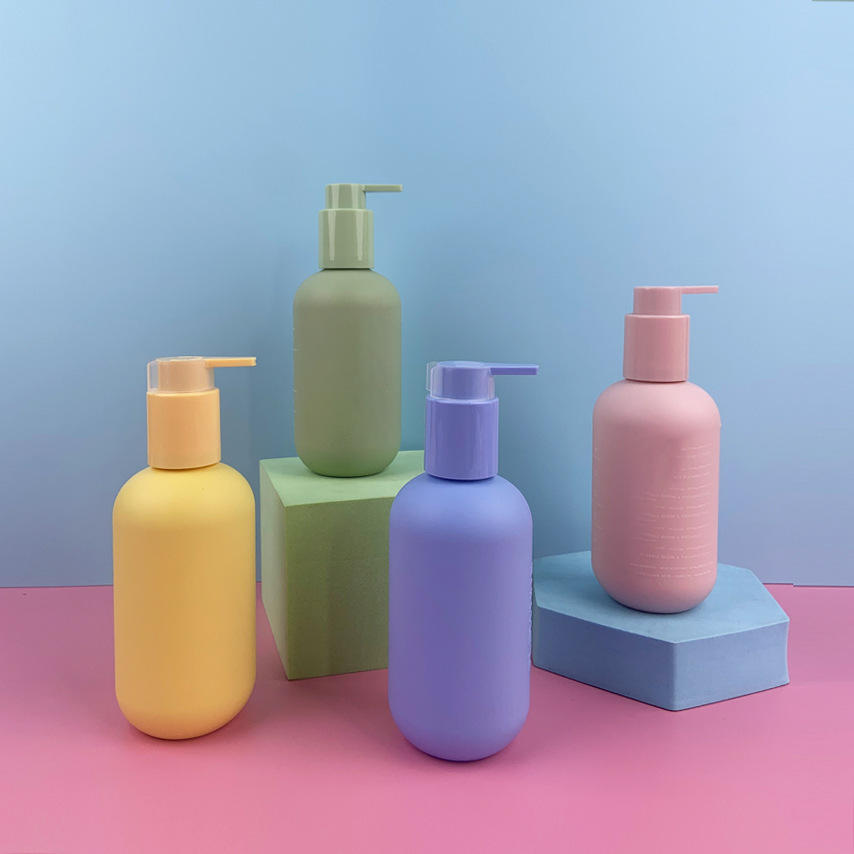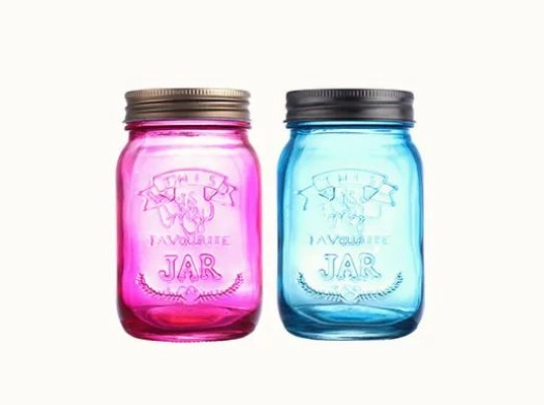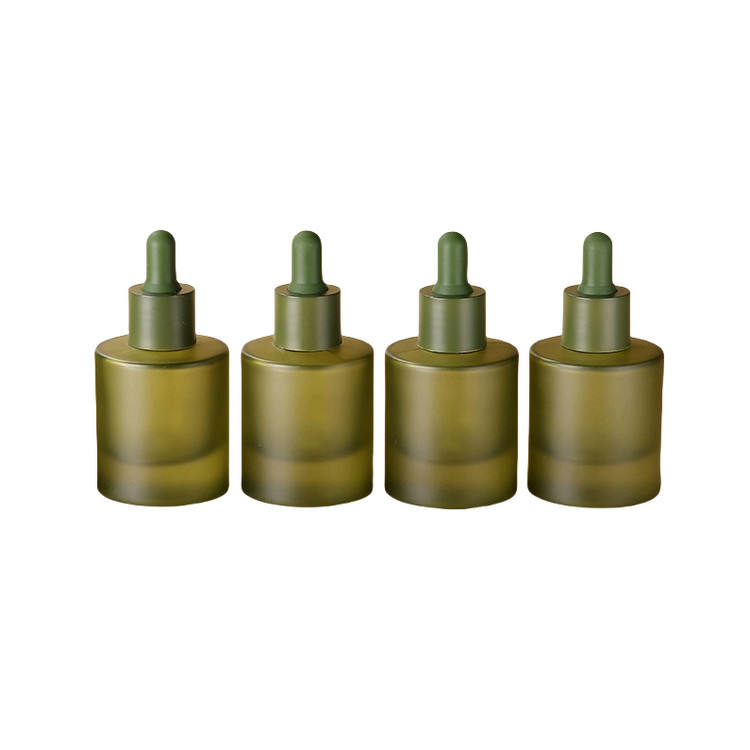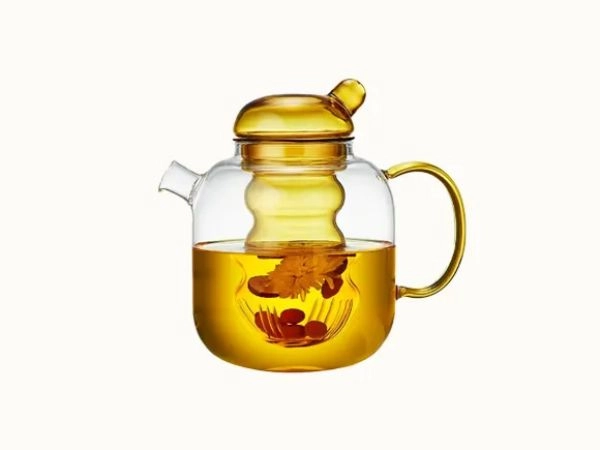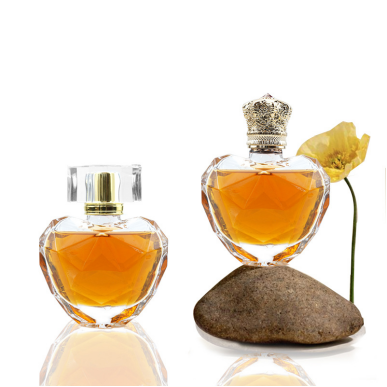Tired of mice invading your home or workspace? Skip the traps and toxic chemicals—essential oils might be your secret weapon.
To make a peppermint oil spray for mice, mix 20–30 drops of peppermint essential oil with water and a bit of alcohol or dish soap in a spray bottle, then apply around entry points and nesting areas.
Let’s break down the why, how, and when to use this natural, aromatic solution for rodent control.
How do you mix peppermint oil for mice repellent?
It’s not just about scent—it’s about creating a concentration strong enough to drive rodents away.
Mix 20–30 drops of peppermint oil with 1 cup of water and 1–2 teaspoons of alcohol or dish soap to help the oil disperse. Shake well before each use.
Dive Deeper: Simple, Effective Recipe
Ingredients:
-
1 cup distilled or tap water
-
20–30 drops pure peppermint essential oil
-
1–2 teaspoons rubbing alcohol (or vodka) or mild dish soap
-
1 clean spray bottle (preferably glass or BPA-free)
Instructions:
-
Add water to the bottle.
-
Add peppermint oil.
-
Add alcohol or soap to emulsify the oil.
-
Shake vigorously.
Why It Works:
-
Peppermint oil contains menthol, which irritates rodents’ sensitive noses.
-
It masks scent trails and makes areas feel unwelcoming.
At PauPack, we package essential oils like peppermint in UV-protected amber glass bottles to preserve potency—because for pest control, scent strength matters.
How often should I spray peppermint oil for mice?
Scent-based repellents are only as effective as their freshness.
Spray peppermint oil every 2–3 days, or more frequently in high-traffic or high-risk areas. Refresh after cleaning, heavy rain, or strong airflow.
Dive Deeper: Frequency = Consistency
Rodents adapt quickly. If the scent fades, they may return. That’s why consistent application is key—especially in these areas:
| Location | Frequency |
|---|---|
| Entry points (doors, cracks) | Every 2–3 days |
| Kitchen baseboards | Weekly |
| Garages and sheds | Every 3–5 days |
| Attics or basements | Weekly, increase if activity detected |
Tips for Best Results:
-
Combine with physical barriers (steel wool in cracks)
-
Use peppermint oil-soaked cotton balls for enclosed spots
-
Pair with ultrasonic repellents for added deterrence
PauPack’s 100ml spray bottles with fine mist triggers are ideal for distributing scent evenly in corners, cupboards, and under appliances—plus, they’re refillable and brandable for resale.
How do you make homemade mouse repellent spray?
You don’t need fancy tools or ingredients—just essential oil and a bit of mixing know-how.
To make homemade mouse repellent, combine peppermint oil with water and an emulsifier like alcohol or soap in a spray bottle, then apply it generously in rodent-prone areas.
Dive Deeper: Customizing Your Natural Repellent
Other Oils That Work:
-
Clove oil: Strong aroma repels rodents
-
Eucalyptus oil: Disrupts breathing pathways
-
Lemongrass or citronella: Adds layered deterrence
Multi-Oil Recipe:
-
15 drops peppermint
-
10 drops eucalyptus
-
5 drops clove
-
1 cup water
-
1 tsp dish soap
| Ingredient | Role |
|---|---|
| Essential oil | Main deterrent |
| Water | Diluent |
| Dish soap or alcohol | Helps oil mix |
| Spray bottle | Application tool |
If you're making this at scale (for retail or pest control services), PauPack offers custom-printed bottles and labels tailored for natural repellents. We support eco-conscious product launches with sustainable materials and small-batch production.
How do I make my own peppermint oil spray?
Whether it’s for mice, general deodorizing, or just because you love the scent—peppermint oil spray is easy to make.
To make a general-purpose peppermint spray, mix 10–20 drops of peppermint oil with water and a stabilizer in a fine mist bottle. Adjust concentration based on use.
Dive Deeper: Recipe Based on Purpose
For Mice Repellent:
-
20–30 drops oil per cup of water
-
Add rubbing alcohol or soap
-
Spray baseboards, entry points
For Air Freshening:
-
10 drops oil per 2 cups water
-
Optional: add witch hazel or lemon oil
-
Spray rooms, fabrics, car interiors
For Skin Cooling (test before use):
-
5 drops oil per 100ml water
-
Add a teaspoon of aloe vera or carrier oil
-
Use as a summer mist or post-workout spray
| Use | Peppermint Dosage | Additions |
|---|---|---|
| Pest repellent | 20–30 drops | Soap or alcohol |
| Deodorizing | 10–15 drops | Citrus oils |
| Skincare | 3–5 drops | Aloe, carrier oils |
PauPack offers essential oil starter kits and glass spray bottle sets ideal for DIY lovers, wellness brands, and eco-cleaning product lines. Our custom packaging elevates even simple blends into premium-feeling products.
Conclusion
Peppermint oil spray is a powerful, natural way to repel mice—easy to make, safe to use, and effective with regular application. Just mix, spray, and let nature do the work.




